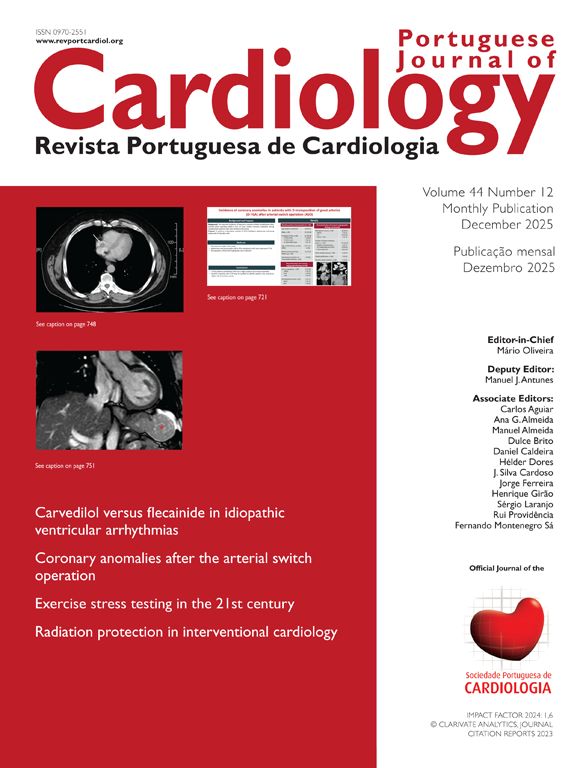A 29-year-old male, previously healthy, presented to the emergency department (ED) with complaints of fatigue and chest pain following a tennis match, without any other associated symptoms. His clinical examination was unremarkable. Laboratory investigations revealed a hemoglobin level of 13.5 g/dL, a D-dimer of 0.66 mg/L, CK-MB <2 ng/mL, troponin <0.01 ng/L, and C-reactive protein of 2.20 mg/dL. An initial electrocardiogram (ECG) was normal. The patient was discharged with analgesics and referred to cardiology for follow-up.
One week later, he returned to the ED with progressively worsening chest pain over the preceding 24 hours, which radiated to his back. Laboratory findings remained consistent with the initial presentation. A transthoracic echocardiogram revealed marked enlargement of the ascending aorta and aortic arch, measuring approximately 8 cm in diameter, tricuspid aortic valve with mild regurgitation and preserved ejection fraction. Subsequent chest computed tomography confirmed a large ascending aortic aneurysm (AAA) with an expanded aortic root, measuring 85 mm×81 mm (Figure 1). A subacute hematoma was observed without evidence of dissection, along with a pericardial effusion measuring 18 mm in thickness. There was no known family history of aortic disease or other hereditary cardiovascular conditions.
The patient was transferred to a specialized cardiothoracic center, where he underwent successful replacement of the ascending aorta and aortic arch using a conduit (Figure 2). The surgery was uneventful. Intraoperatively, an aortic dissection extended to the aortic arch was identified. Histopathological examination revealed pathological accumulation of extracellular matrix components, leading to degeneration of the elastic fibers in the aortic wall. Genetic testing was negative for Marfan syndrome (FBN1 mutation), Loeys-Dietz syndrome (TGFBR1/2 mutations), and vascular Ehlers-Danlos syndrome (COL3A1 mutation).
Key messagesAn AAA is an abnormal dilation of the ascending aorta, typically exceeding 1.5 times its normal diameter. While often linked to hypertension, smoking, and atherosclerosis in older adults, it can also affect young individuals due to structural aortic abnormalities.1
Histopathology frequently shows cystic medial degeneration, marked by smooth muscle loss, elastic fiber fragmentation, and extracellular matrix accumulation, a hallmark of connective tissue disorders.2 However, when genetic testing is unavailable or inconclusive, the underlying cause may remain undetermined.3 AAAs are often asymptomatic until they reach a critical size or complications arise, such as rupture or dissection. Early detection is frequently incidental, typically during imaging studies performed for unrelated reasons.3
Management strategies depend on the aneurysm's size, growth rate, and associated risks. Surgical intervention, either through open repair or endovascular techniques, is reserved for larger aneurysms, those demonstrating rapid expansion or complications.
FundingThere was no external funding supporting this paperwork.
Conflicts of interestThe authors have no conflicts of interest to declare.









